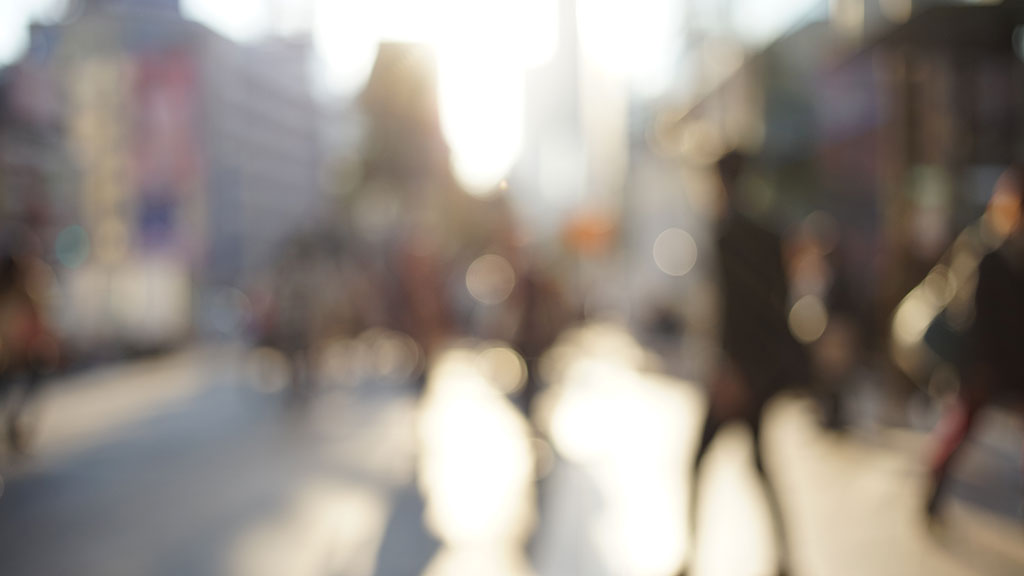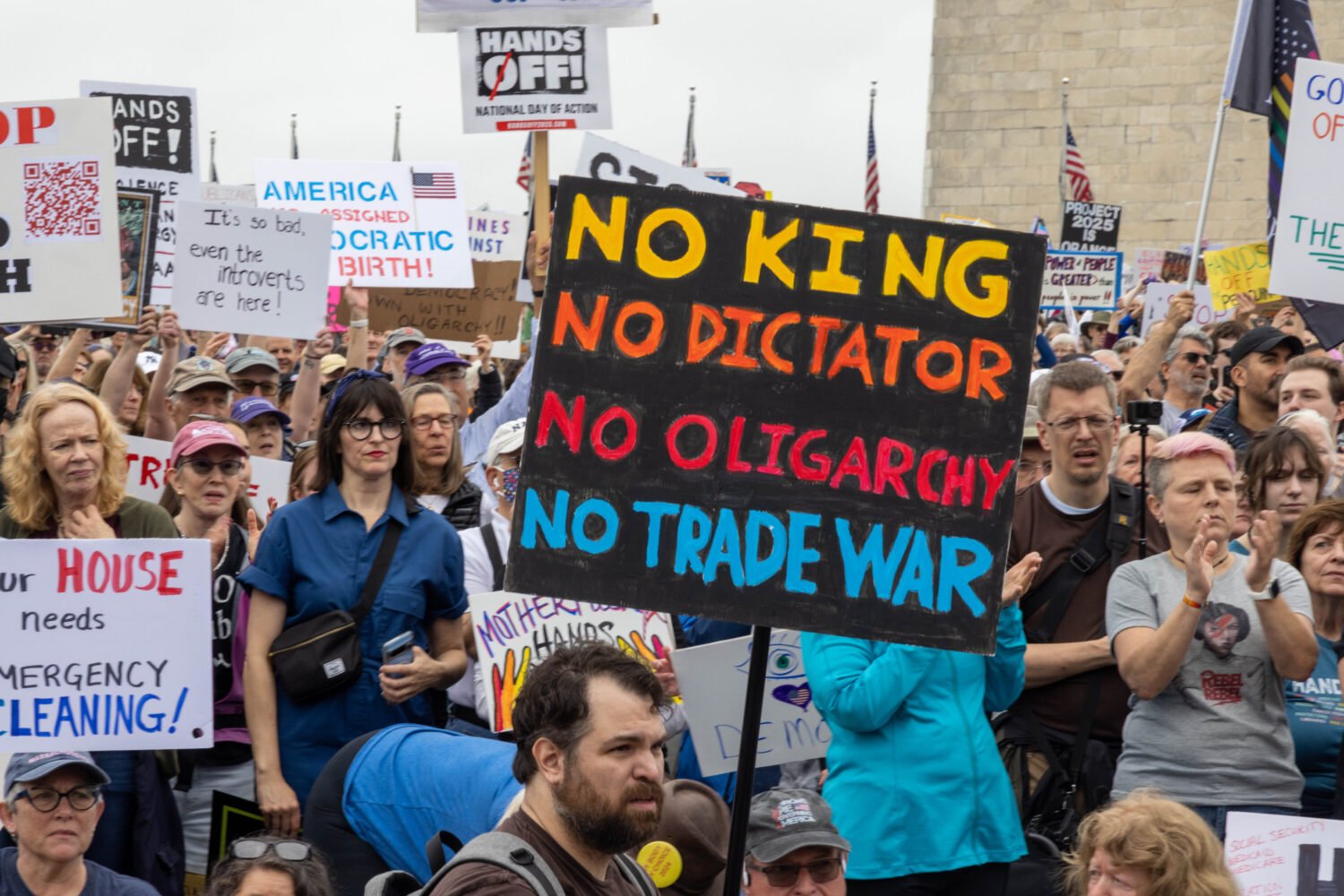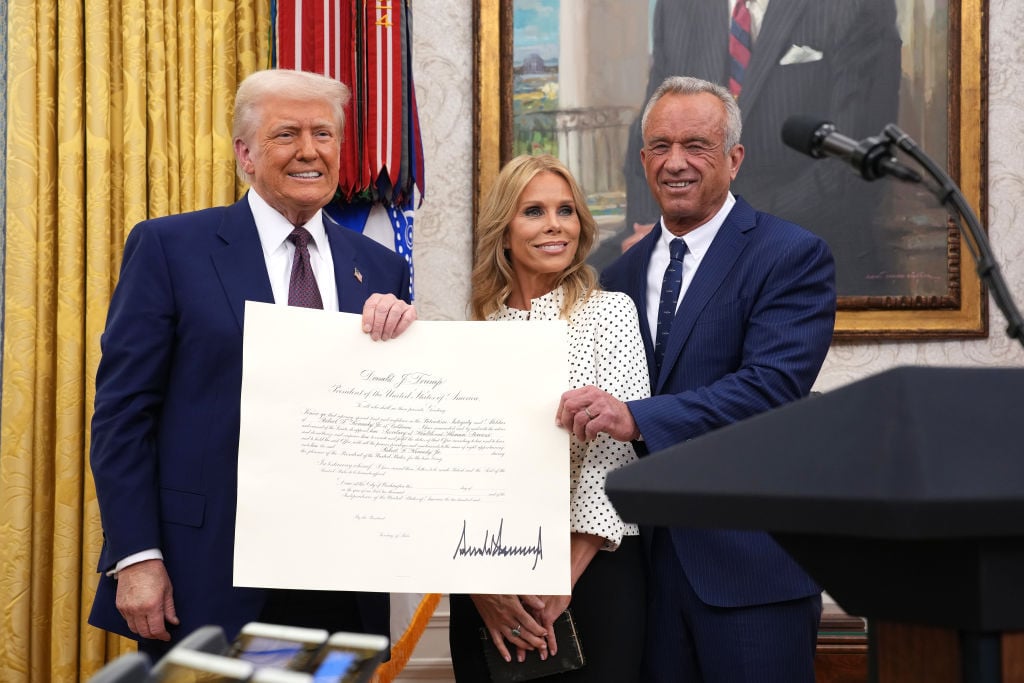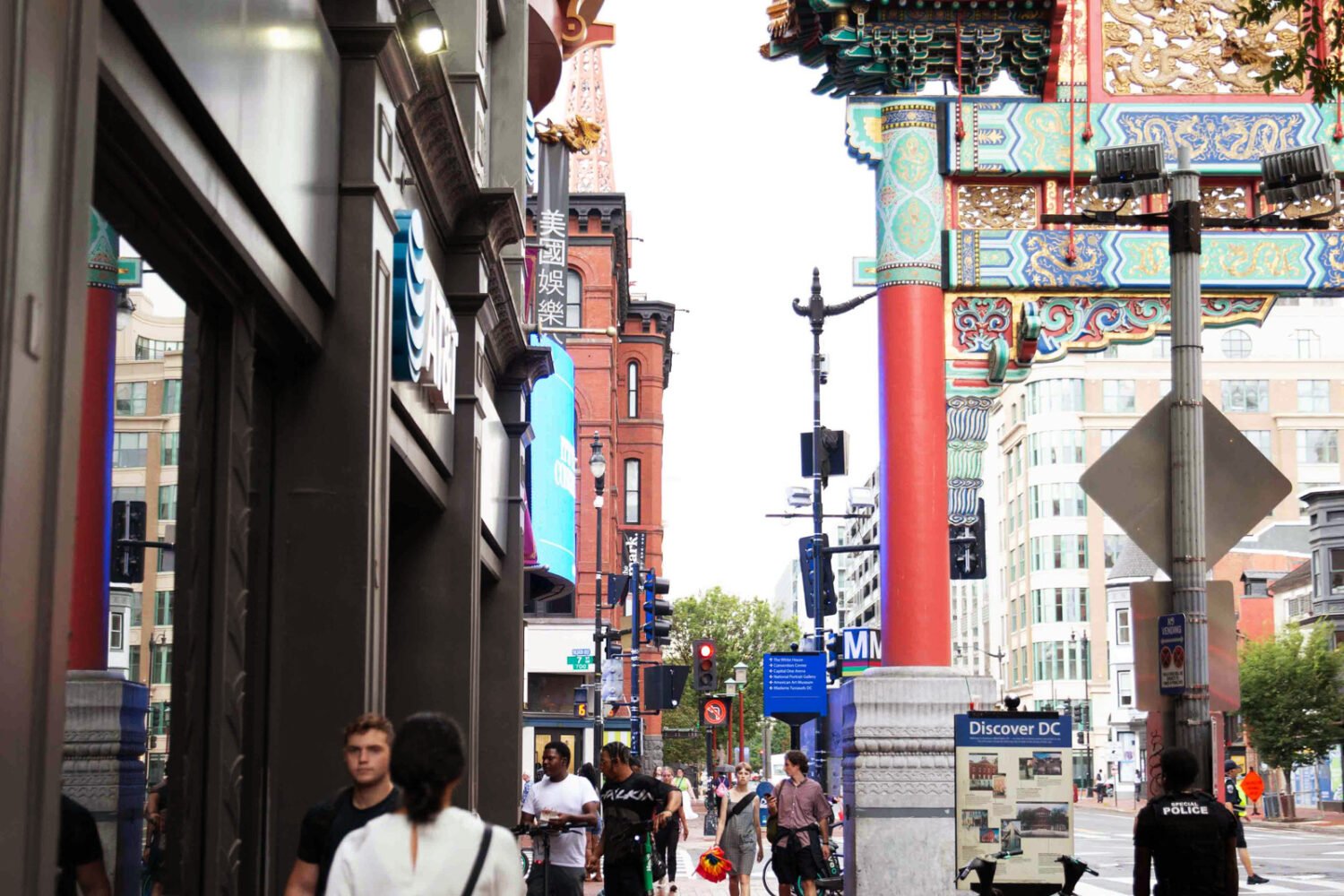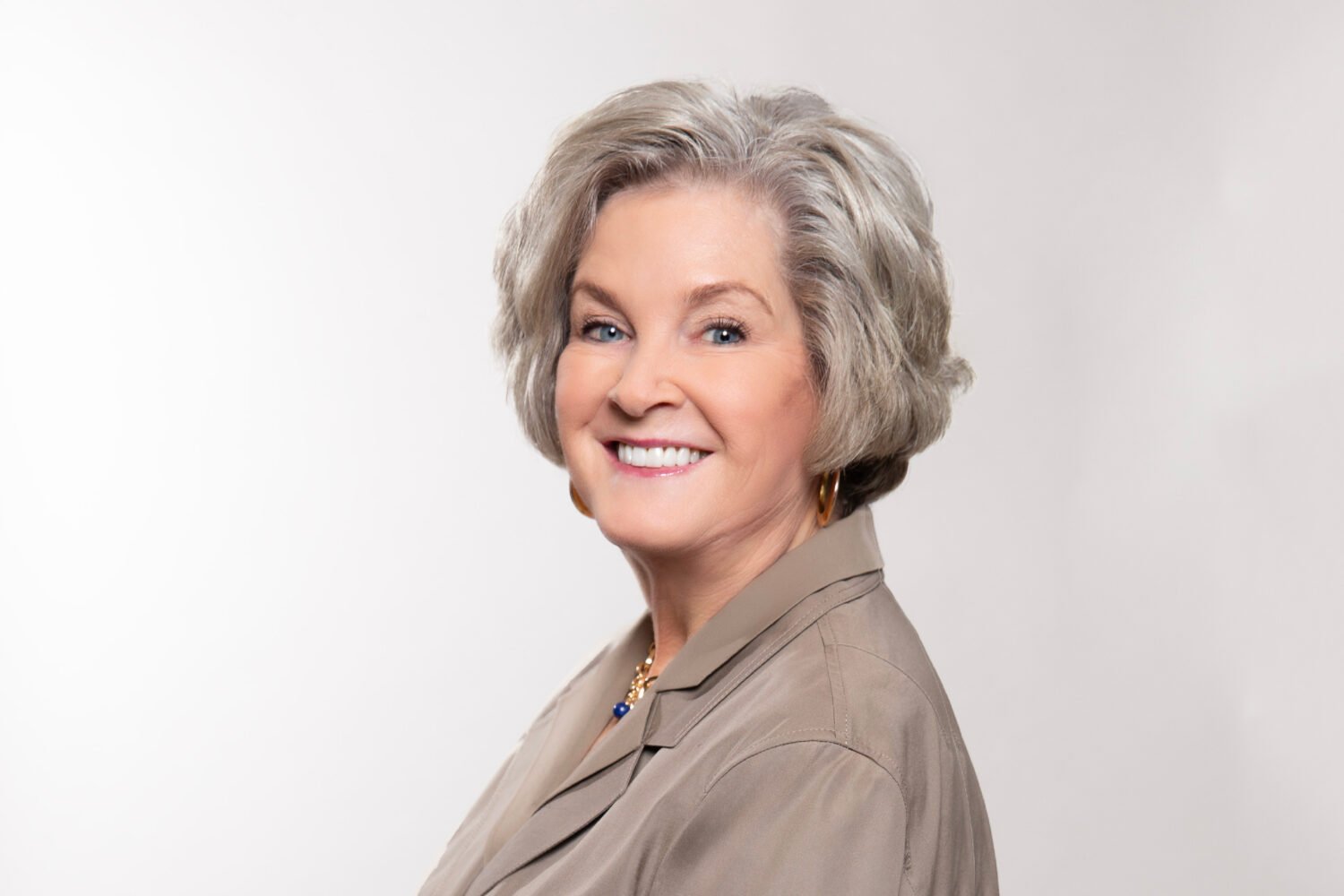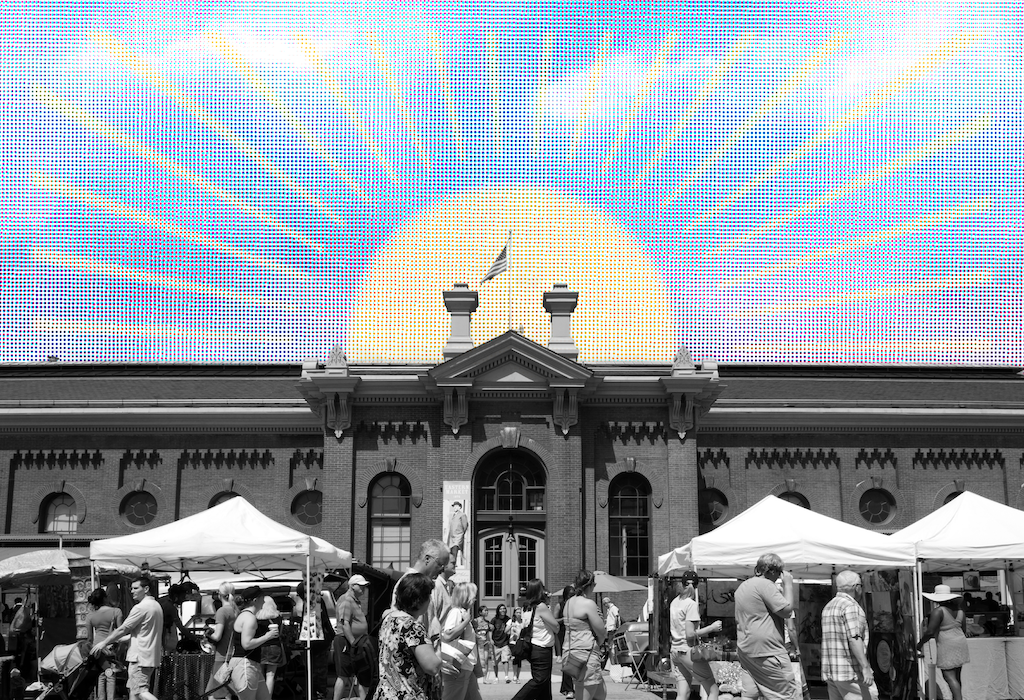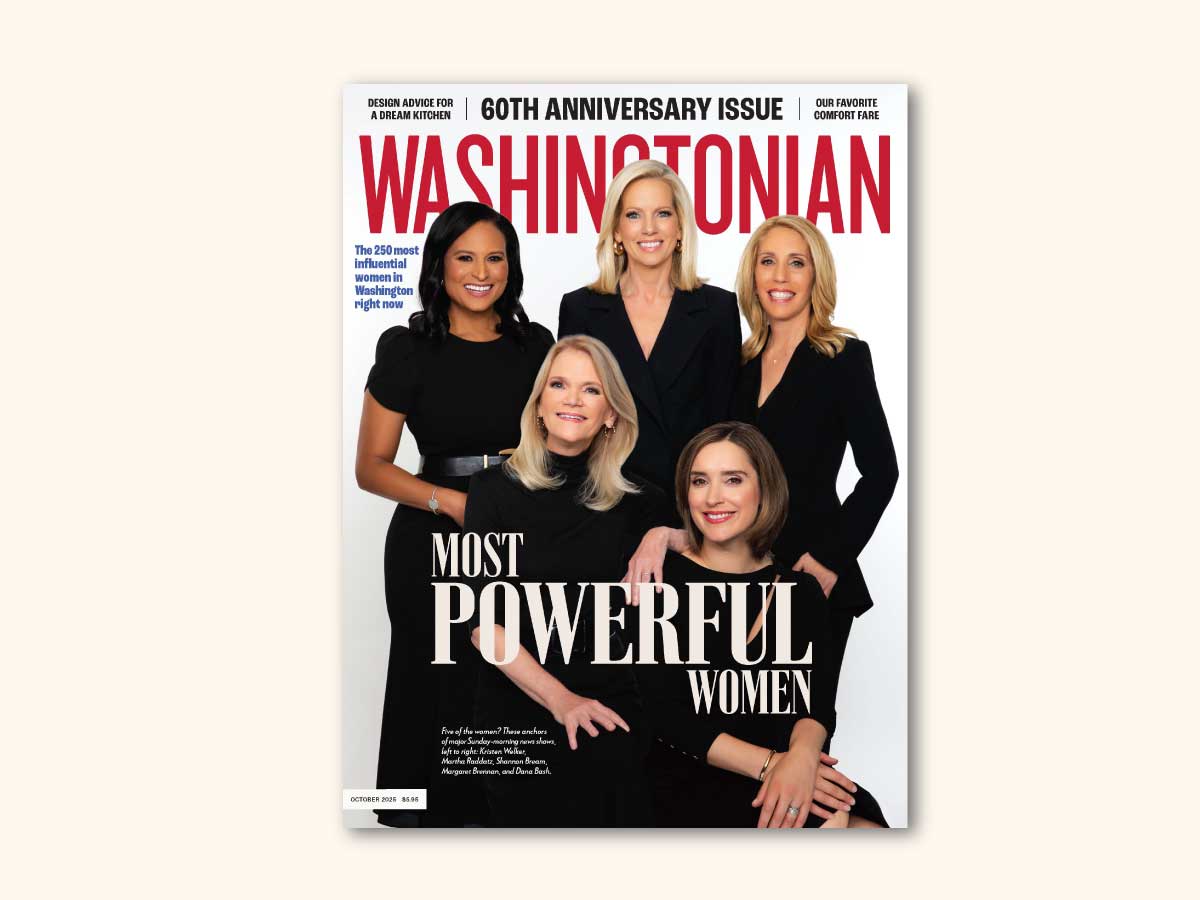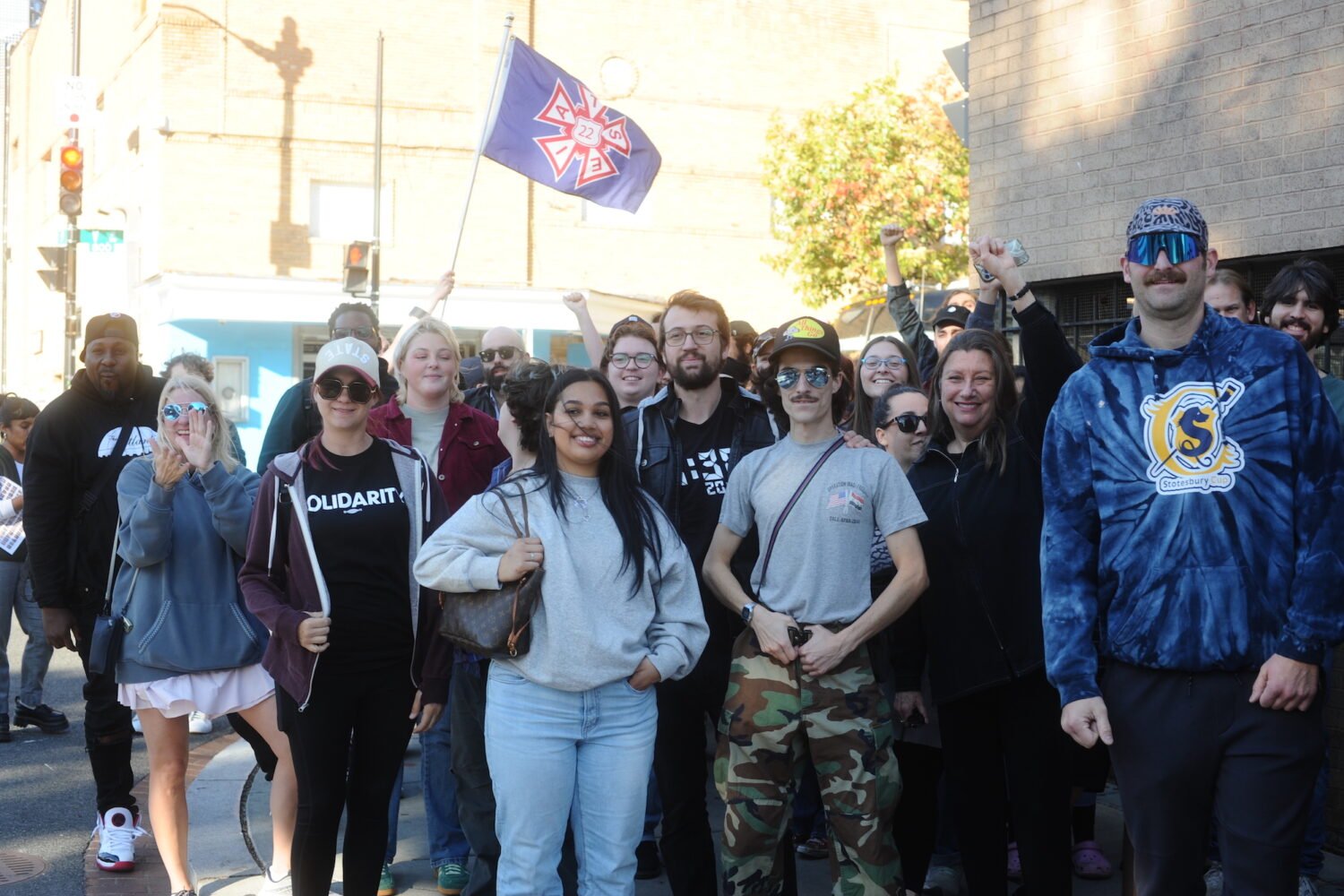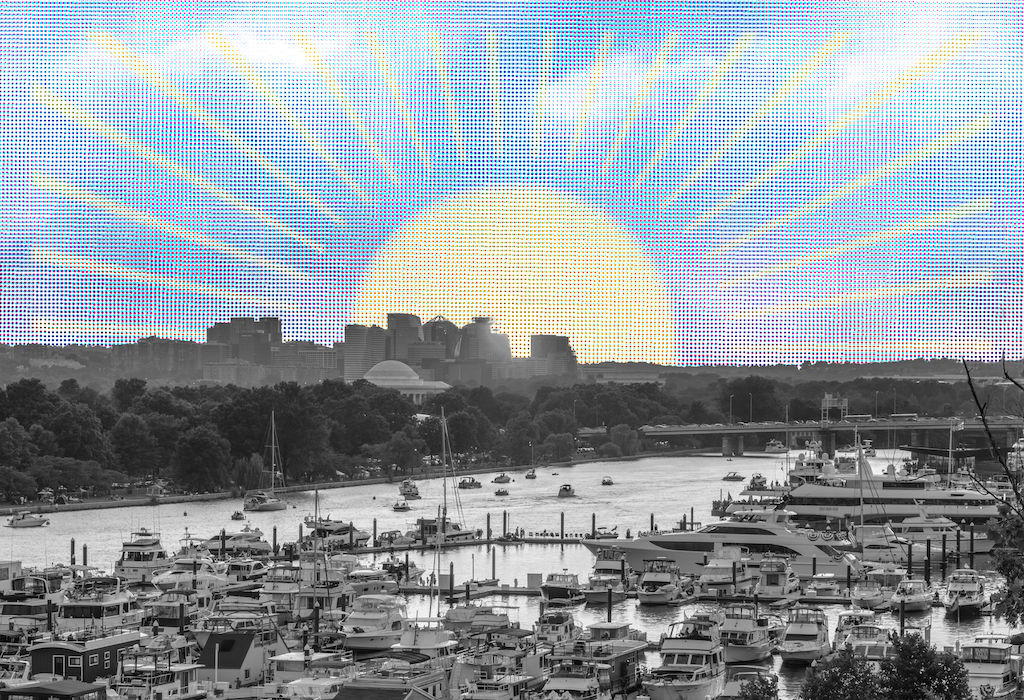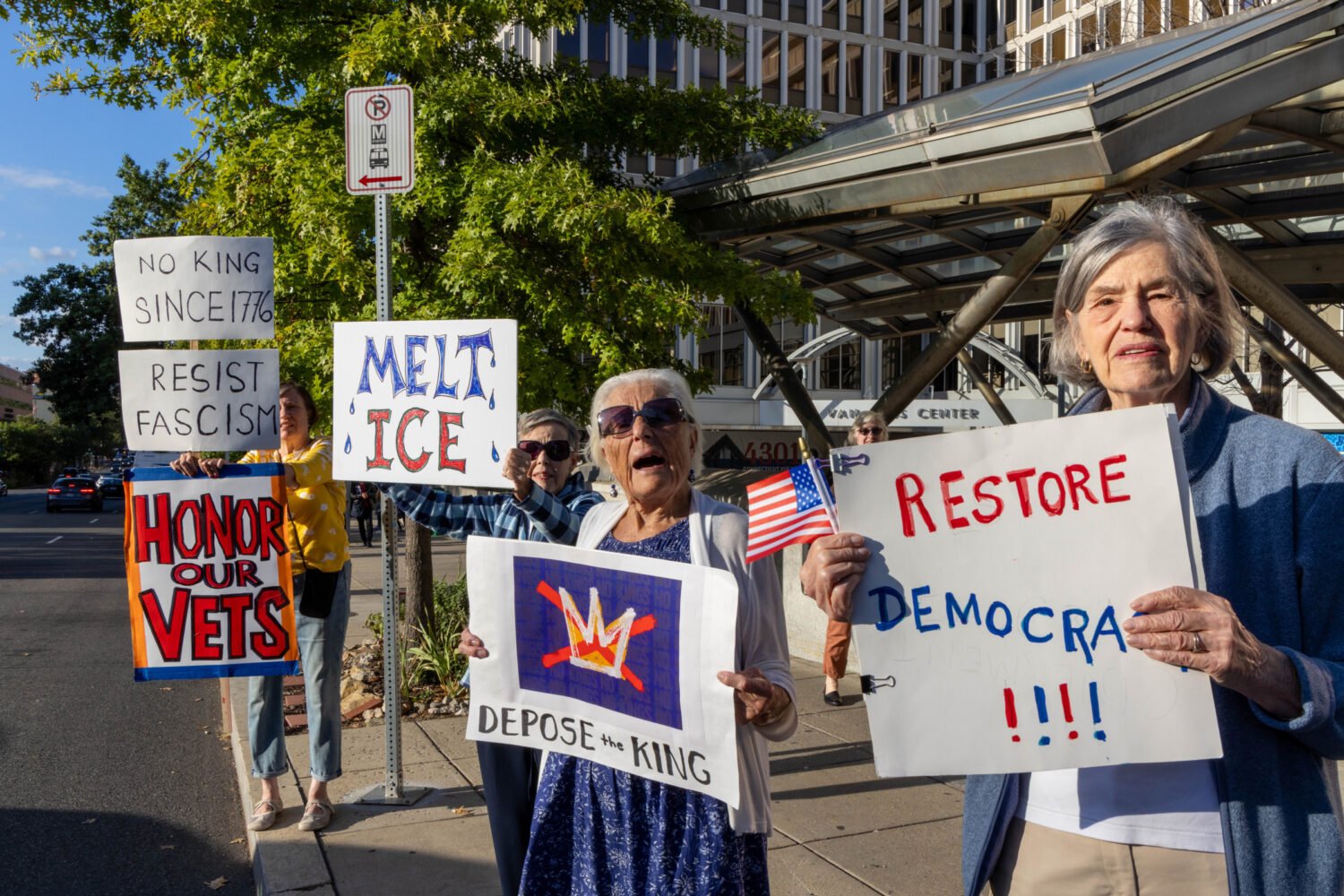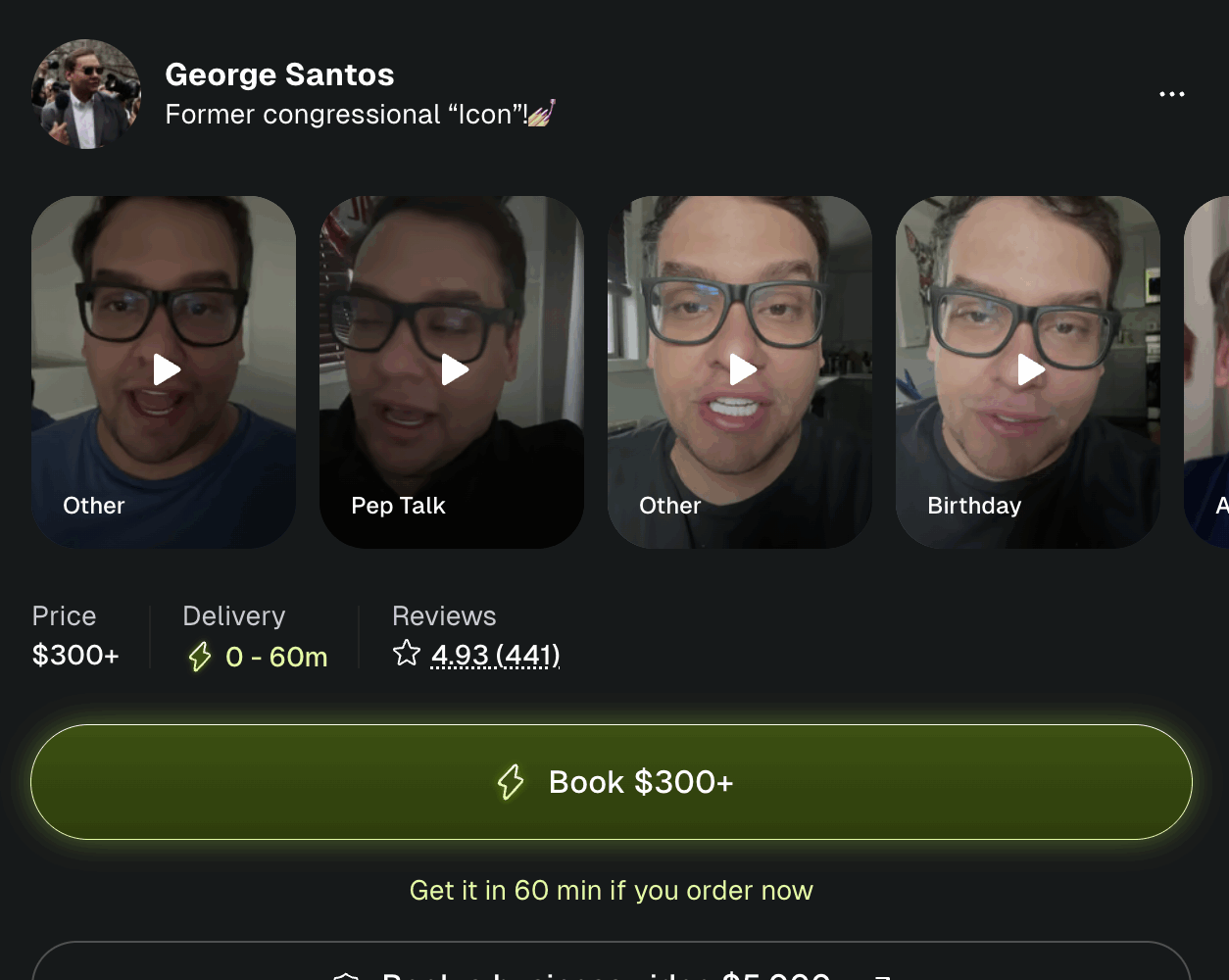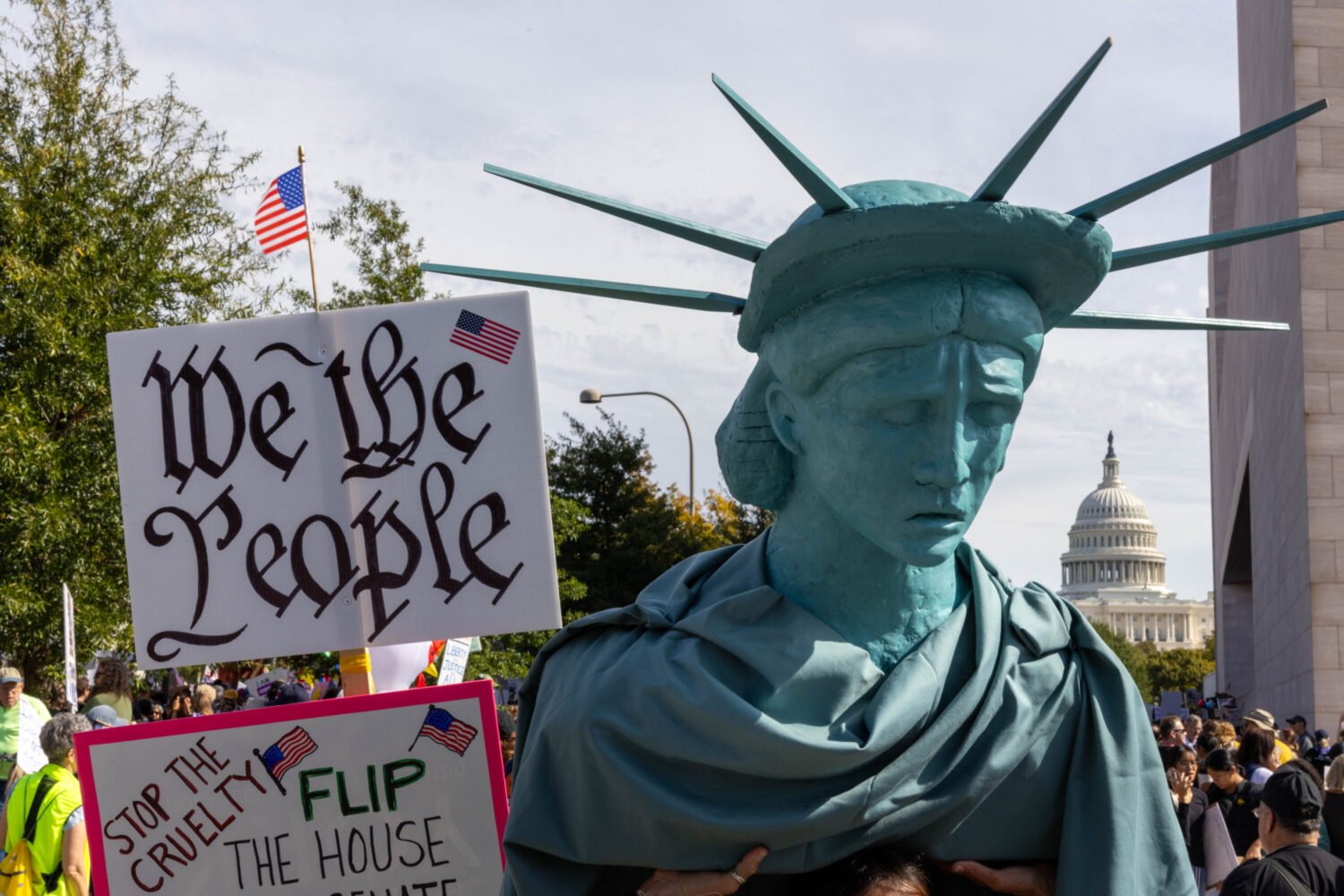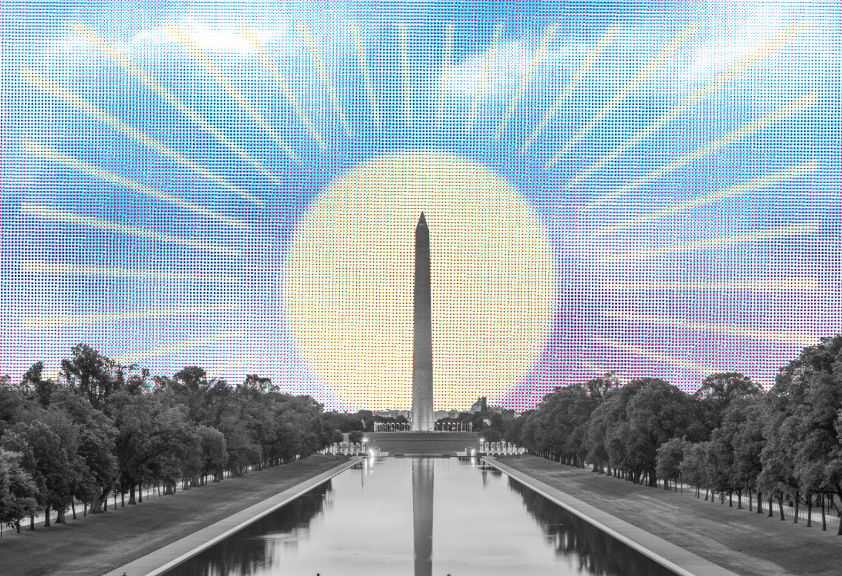In the dark, I stumble to my car. Sitting in the driver’s seat, I stroke the velvet steering-wheel cover and feel the leather under me. “We had some good times, didn’t we, Crikey?” I say. I feel like it’s the end of my independence and try not to imagine the next day—seven months into my blindness—when a stranger will hand me some cash and drive Crikey away. After a while, I get up on unsteady feet and start recreating myself at age 58.
Within the span of six days in August 2014, an unknown trauma caused a lack of oxygen to my optic nerves, leaving me blind. The result is a rare, irreversible condition called non-arteritic ischemic optic neuropathy. In my right eye, I can see through a pinhole with black-and-white vision, darkness encircling it like a broken ’60s TV. Everything is soft—I can tell it’s a tree but can’t see a single leaf. My other eye has only left-side and lower peripheral vision. A dark mass covers the pupil, but I can distinguish primary colors up close. Between the two, I’m 20/400—legally blind, with 85 percent loss of vision and clarity.
Using my iPhone, I photograph correspondence, cooking directions, and menus, then enlarge the type; with magnifying eyeglasses, I can read three letters at a time. I’m able to watch movies on my iPad. For a TV show, I stand inches away from the set. Every morning, I call the National Federation of the Blind’s NFB-Newsline to read/hear world news. Audiobooks are my salvation.
I wince at sunlight like a newborn vampire. With no depth perception, I grab at air instead of a glass, and I regularly bruise myself on open cabinets. I’ve attached baby guards to sharp-angled furniture. Waking to the store—thankful I live in a safe Capitol Hill neighborhood with shops nearby—I slam into a metal pole. Blood pours from my nose (luckily, unbroken).
My DC rehabilitation caseworker refers me to Columbia Lighthouse for the Blind, which sends a knowledgeable teacher for my first white-cane mobility training. As we walk up to Pennsylvania Avenue, I feel people staring at me—and have enough vision to see them step off the sidewalk as I approach. A dear friend buys me markers and index cards; notes and phone numbers go up on the fridge like giant Post-its. She sits on the floor with a garbage bag, surrounded by years of paperwork she condenses into one file cabinet. (Don’t care what she throws out—can’t see it!) At the pool, I swim endless laps to calm the panic attacks I now endure.
I’ve found kindness others will never see. Teenagers jump to offer me a seat on the Metro. Strangers reach out protectively—they’re unconditionally kind. I feel their discomfort but know the satisfaction they get: Not long ago, I was one of them. Assisting a disabled person made me feel good, too.
A Columbia Lighthouse for the Blind class introduces me to low-vision appliances: a liquid level detector, kitchen gadgets in contrasting colors. Instructors take me to a treacherous traffic intersection. On my tail like border collies, they teach me to cross safely with my newly enhanced hearing.
I miss eye contact. I miss beauty, I miss ugly, and I miss the differentiation between the two. It would be amazing to read the newspaper or see the pink tutu on the little girl next door or a tuft of lavender in a garden.
Instead, I continue to recreate myself, now age 60. Maybe there’ll be a cure for dead optic nerves in my lifetime. Maybe one day I’ll see the gray squirrels and blue jays flashing through my park. It hurts to know I’ll never enjoy the gentle brushstrokes of Degas’s ballet dancers again. But as my mom says, “You’ve seen them—remember them.”
This article appears in our January 2016 issue of Washingtonian.

